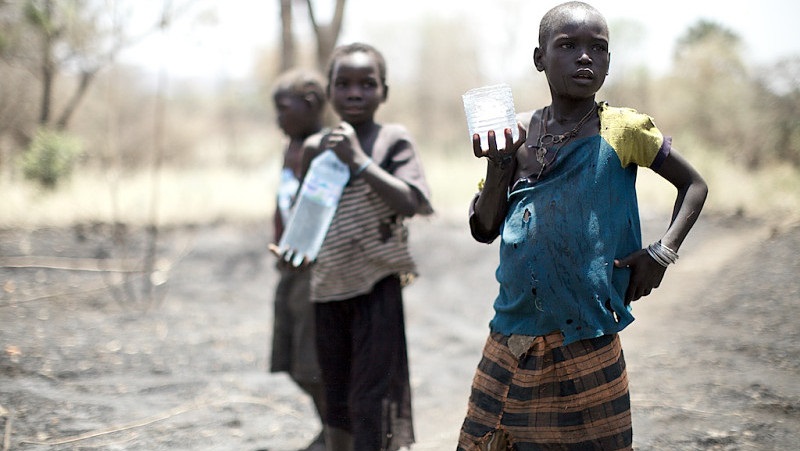The recent movements in the dollar-naira exchange rate, following the removal of the currency peg, has stimulated ongoing debate in the media that South Africa has regained its position as the largest economy in Africa. The prevailing notion is that the depreciation of the naira and simultaneous appreciation of the rand against the US dollar implies that South Africa’s GDP has surpassed that of Nigeria. However, this argument needs some re-examination, given that the value of the GDP (in current US$) is sensitive to the choice of exchange rate and GDP figures used for its computation. This piece situates the present argument in the context of recent commodity market crisis and its implications for the two largest economies in Sub-Saharan Africa
Policy Brief & Alerts

March 11, 2018
A Note On The Economic Downturn In Sub-Saharan Africa
The recent movements in the dollar-naira exchange rate, following the removal of the currency peg, has stimulated ongoing debate in the media that South Africa has regained its position as the largest economy in Africa. The prevailing notion is that the depreciation of the naira and simultaneous appreciation of the rand against the US dollar […]
Read →
Related
Nigeria Economic Update (Issue 46)
On a Month-on-Month basis, average growth rate of selected food prices decreased in October 2017. Precisely, contracting by 1.24 percent in October, average growth rate fell from 0.08 percent recorded in September 2017. Notably, the contraction reflected in the food sub-index of the headline inflation for October 2017. The marginal decrease in the prices of selected food items may be in line with seasonal levels, as the harvest season reaches its peak, thus making food items relatively available at various demand levels. Going forward, investment towards the provision of better farming inputs, technology, financing, and value addition across the agricultural value chain could help improve yield output and food security all through the year.
Nigeria Economic Update (Issue 44)
Recently released Nigerias
petroleum imports data, show a significant decline in the quantity and value of
petroleum import products (PMS, AGO and NHK) between 2015 and 2016.
Specifically, value of imports significantly declined year-on-year (January to
April) by 30.4 percent to N571 billion in 2016. The huge decline in
the import of (refined) petroleum products likely reflects the lower
(unrefined) crude oil production/exports. Furthermore, it is likely that the
import of petroleum products could decline in subsequent years; however, this
is dependent on the prospects of the three domestic refineriesbeing refurbished.
Public Debt In A Growing Economy And Implications For The Nigerian Case
The
paper analyses the impact of public debt on an economy using Nigeria as case
study and identifies steady states in the model of a closed economy.
Gross Domestic Product And Contribution To GDP
Gross Domestic Product: Agriculture Gross Domestic Product growth rate recorded its highest point in 2006Q1 but fell sharply subsequently. Particularly, the slow growth recorded in 2015 and 2016Q1 is
